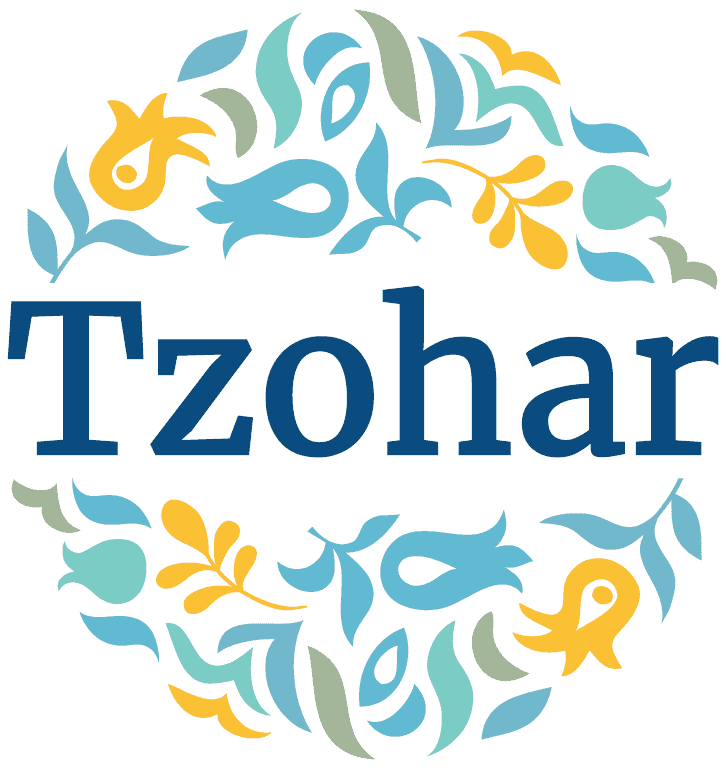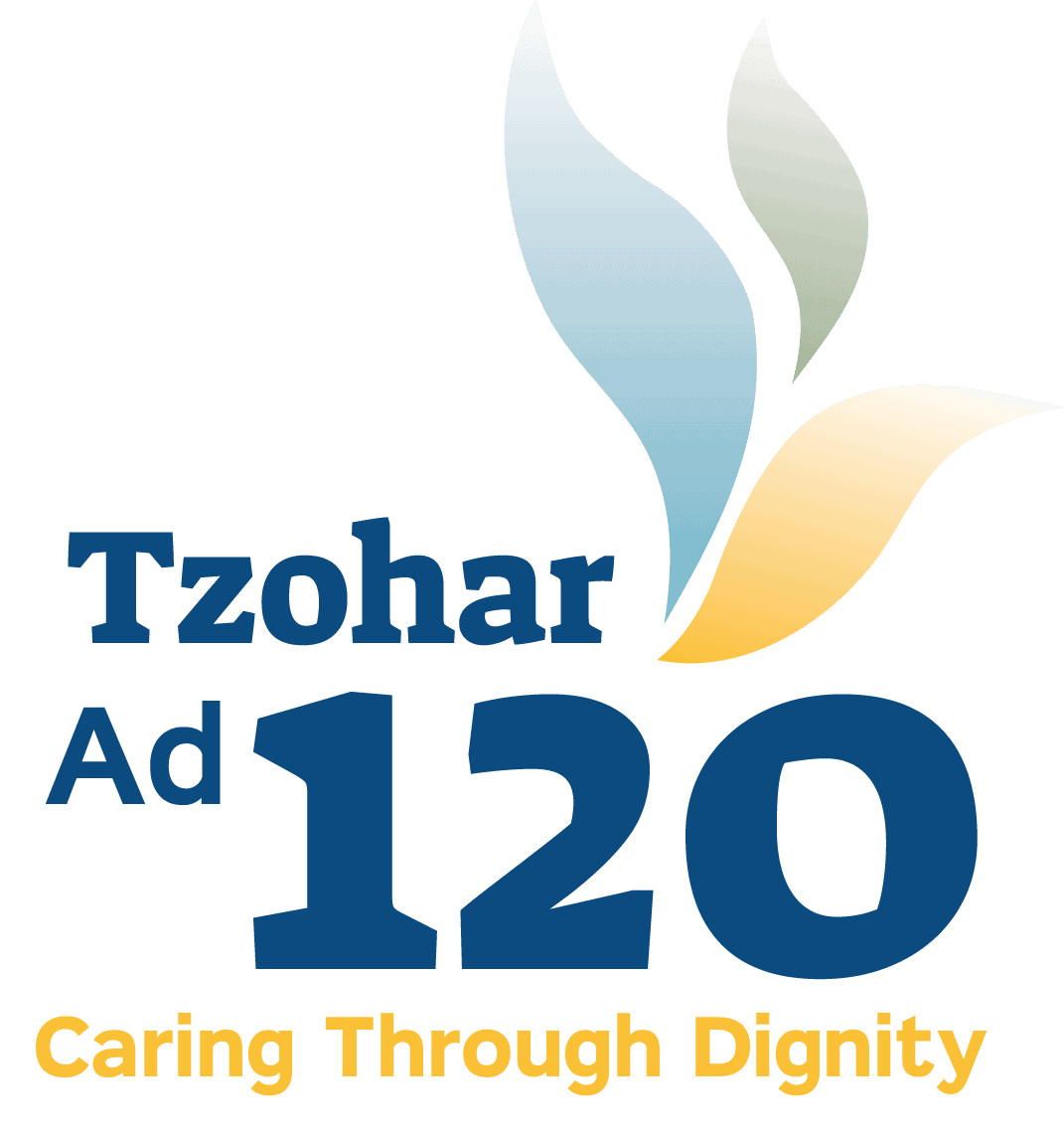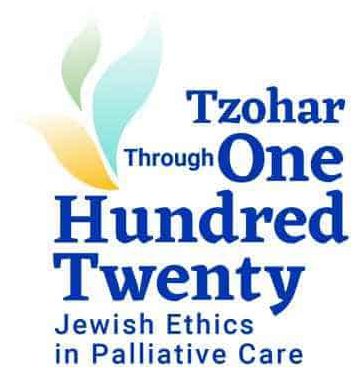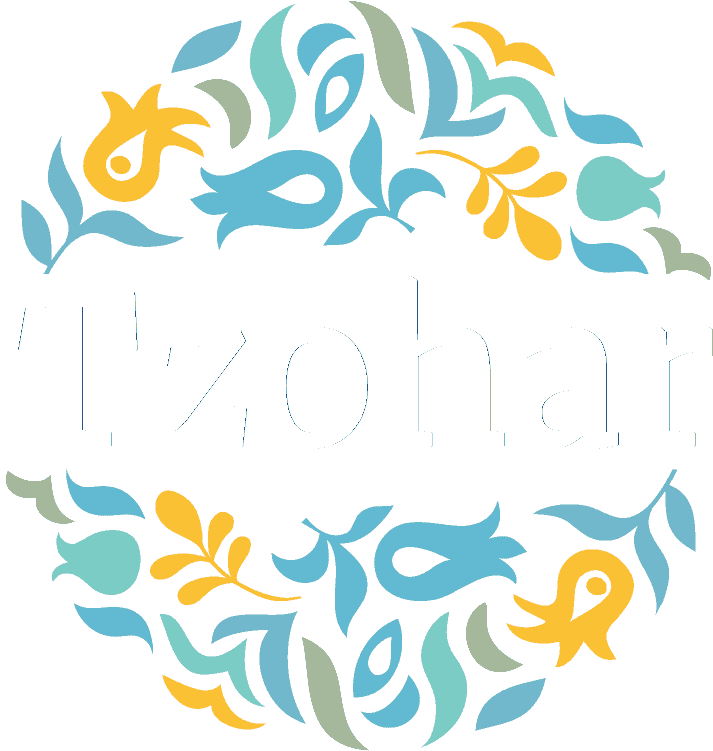The capabilities of modern medicine and its successes have led the halachically observant to confront an increasing number of moral dilemmas related to end-of-life care. At this stage of life, the disparity between the mind and the body is exacerbated: at times the body begins to fail man while his mind remains intact, and at times the body is healthy, yet his mental faculties decline. Modern medicine has enabled us to lengthen life and involve ourselves in the process of death, leading us to many halachic and ethical questions: When is it proper to intervene and when is it not? What procedures should be done in these contexts and which procedures are we obligated to avoid?
This paper is a summary of a number of ethical-halachic position papers dealing with different questions surrounding treatment of the terminally ill and its goal is to summarize the halachic conclusions from these papers. A detailed discourse surrounding these ethical-halachic issues and sources for the various psak and principles stated here are found in those papers.
How Should We Act in Practice?
It is imperative to emphasize that the points stated here are only halachic principles that represent the basis of these ideas and do not represent their implementation in practice. The practical ruling changes from case to case and one should not derive the ruling from one situation to the next. It is important to reiterate that we are dealing with halachot of life and death on two levels: it is possible one could perform actions deemed as murderous according to halacha, or perform actions considered abusive to a patient in a state of suffering halachically considered “better is my death than my life”.
The central purpose of this paper is therefore to allow study of the relevant topics and one should not use it to derive a practical ruling.
At times where a practical decision needs to be made, we strongly recommend calling Tzohar’s call center: *9253. The line is open 24/6. A team of a rabbi and a social worker will meet with you at the place of your choosing. This service is given nationwide at no cost.
1. Principles
1.1 The physical body is a loan given to man by God. Man’s lofty obligation is to preserve his life and receive medical treatment when necessary1.
1.2 All people are obligated to help someone in distress and save them. A physician is obligated to heal the patient and prolong life.
1.3 If a patient requests that no effort be spared to keep them alive despite the lack of hope for recovery and despite tremendous suffering, it is a mitzvah to help them. The medical system can determine a limit to this, especially in cases where they deem the treatment to be ineffective and the damage it would cause to the patient and the tissue is severe.
1.4 In certain end-of-life situations, when the patient is in severe distress or there is no effective treatment method, the patient may request to have continued treatment withheld. When the patient is unable to express his wishes, one should evaluate the patient’s assumed desire regarding how we should act in this situation.
1.5 A person of sound mind may make decisions regarding their own body. Even if it seems like their decision is incorrect either from a halachic or medical perspective, one should abstain as much as possible from forcing medical treatment upon them – especially in cases where the patient is suffering.
1.6 Halacha differentiates between withdrawing and withholding treatment, i.e. between active and passive actions. Halacha also recognizes the difference between a direct action (“BeYadayim”) and an indirect action that will inevitably lead to a specific result (“Grama”). An indirect method can be used mainly to lower the severity of the prohibition in a case where problematic activity is required.
1.7 The exclusive factor one should consider when determining treatment methods (or lack thereof) is the patient’s wellbeing. One should not be influenced by other factors in this decision-making process, including the family’s wellbeing.
1.8 Since the distinction between cases of this caliber are very precise, one should judge each case independently – “bedside”.
2. Life-Prolonging Treatment in Suffering Patients2
2.1 It is prohibited to perform an active procedure that shortens the life of a person, even if they are suffering tremendously.
2.2 As a general principle, it is prohibited to withdraw medical treatment, but in certain cases it is permitted to withhold medical treatment – and in extreme cases even ideal.
2.3 Withdrawing treatments that provide the patient’s basic needs (such as food, liquid, and oxygen) is prohibited. Even withholding of these treatments is generally prohibited, but in extreme cases one can lower the treatment quality and level in a way that does not directly damage the patient.
2.4 A terminally ill patient that is in extreme distress and requests that life-extending procedures be withheld is permitted to do so. This includes CPR, mechanical ventilation, invasive surgeries, dialysis, chemotherapy, and radiation.
2.5 Regarding withdrawing / withholding mechanical ventilation and oxygen administration, nutrition and drug administration – see later.
3. Treatment of a Patient with No Chance of Recovery3
3.1 Active life-shortening procedures are prohibited. This prohibition applies in cases where there is no chance of recovery as well.
3.2 For a patient with no chance of recovery that would require “heroic” acts due to his condition (such as ventilation, CPR, or invasive surgeries) – there is no obligation to perform these procedures. If the patient requests that these procedures not be done, it is prohibited to perform them.
3.3 When the patient’s ventricular fibrillation is due to another illness that is treatable – one should perform CPR and other treatments on the patient (as long as the treatments do not cause severe pain)
3.4 There is no obligation to perform CPR on a person who has been unconscious for a prolonged period and there is significant medical testimony that his brain is impaired, even if it is unknown whether the patient is suffering.
4. Mechanical Ventilation4
4.1 Generally, it is prohibited to disconnect a patient who cannot breathe independently from a mechanical ventilator or to stop oxygen administration.
4.2 There is no obligation to connect patients who have no chance for recovery and have ceased breathing to a mechanical ventilator in order to extend their life, as long as the assumption is that this action will cause them suffering, either during the ventilation or afterwards.
4.3 It is proper and recommended to connect a terminally ill patient to a ventilator that operates at fixed intervals in order to allow for decision making regarding whether to withhold renewal of the artificial respiration, however the technological abilities to do this are complicated.
4.4 When a patient connected to a ventilator reaches failure of at least three essential body systems and is suffering, it is permissible to decrease the respiration rate of the machine to a rate where the patient is still breathing, as well as setting the oxygen concentration to 21%, the concentration of oxygen in the normal air.
4.5 Regarding an infant that is born with a pulmonary defect and treated with an ECMO machine, oxygenating blood to the lungs: if it becomes clear that the treatment is failing and there is no possibility of pulmonary development and sustained life, it is permissible to disconnect the infant from the machine due to the fact that they were never considered truly stable.
5. Artificial Nutrition5
5.1 Eating and drinking are basic needs and part of man’s natural functioning. Therefore, withholding food and drink, even from a dying patient, is prohibited unless the medical position dictates that the feeding process is shortening his life or ineffective.
5.2 In certain cases one may withhold beginning artificial nutrition, as well as withholding renewal of an IV.
5.3 Regarding a patient of sound mind who refuses to eat or requests not to receive sustenance in any other way, one should speak with them emphatically and explain the importance of eating or receiving nutrients artificially. If it is not possible to convince them, one should not force them to receive nourishment.
5.4 Regarding a patient that is unconscious or senile, but has dictated in advance a request not to be fed, his general status is considered the same as a patient dictating his request in the moment. However, it is possible that at the time he expressed his opinion he was unaware of the distress and suffering in states of starvation. Therefore, as long as there is a doubt as to his will and it is possible to interpret it in other ways – one should maintain nutrition when medically necessary. This applies as long as the nutrition does not endanger their life or causes them suffering.
5.5 In cases where a patient requires nutrition via nasogastric tube and his wishes are unknown, if rehabilitation is possible one is obligated to insert a temporary tube. However, if rehabilitation is unlikely after insertion of the nasogastric tube and the patient will suffer tremendously because of it, there is no obligation to intervene. This matter is dependent on many variables, and one should consult with a rabbi and the medical personnel beforehand.
5.6 Regarding patients whose wishes are unknown, if the physician has evaluated that the patient is beyond recovery and will not suffer from withholding nutrition (in cases like this, a patient can live many months without nutrition), and especially in cases where continued feeding will increase the risk of infection and bring death closer – it is permitted even to cease feeding.
5.7 Despite this, in these situations it is better to provide nutrition in less painful ways. If there is no such capability, one may resort to administration of glucose and water intravenously.
6. Drug Administration6
6.1 One is obligated to continue treatments providing the basic needs of a patient, including routine medications administrated in the hospital such as insulin to diabetics and anti-coagulants (antibiotics require case-by-case analysis as to whether they are a routine treatment that relieves the patient or lengthens suffering).
6.2 As a general principle, withdrawing medical care, even to a terminally ill patient, is prohibited. Therefore one should not stop administering intravenous drugs, but in certain cases one may withhold renewal the IV.
6.3 Regarding a terminally ill patient in severe distress that requests that their life should not be extended, one may abstain from administering any medication.
6.4 When a patient cannot express their wishes, one should estimate the patient’s decision regarding how they would act in this case.
6.5 One can withhold medications to treat a terminal illness, if the physician’s evaluation is that it will only extend the time of suffering and not heal them.
6.6 When a patient receiving continuous administration of medications reaches irreversible and terminal failure of vital organs, one may reduce the dosage as long as it will not directly change the status of the patient.
7. Treating a Patient in a Persistent Vegetative State (PVS)7
7.1 It is prohibited to actively shorten the life of a PVS patient and one is obligated to provide supportive care such as nutrition, ventilation, and administration of routine drugs (regarding antibiotics, see 6.1).
7.2 Regarding procedures administered to treat a potential but indefinite risk such as: preventative treatments, diagnostics, and tumor excision, one must differentiate between two classes. When discussing effective treatments that one can assume the patient would have chosen to undergo if conscious, there is grounds to perform them even in his comatose state. When discussing high risk procedures for which one may assume many patients would refuse, one should not perform it on this patient.
7.3 One should not perform extreme high-risk procedures requiring unique levels of informed consent, for the inherent value of life does not mandate these types of treatment.
7.4 If the immediate family unanimously agrees that a patient would choose a specific treatment plan (excluding those contradicting article 7.1), one should abide by it, on condition that one can establish that their position is based only on what’s best for the patient.
8. Usage of Painkillers that Can Shorten Life8
8.1 One is permitted to give painkillers (such as morphine) to a patient in extreme distress even if there is a risk that the medication will shorten his life. This is on condition that the medicine is administered for the purpose of alleviating the pain and not for the purpose of shortening the patient’s life and it is known that one dose will not cause harm to the patient.
8.2 When a patient is conscious, it is proper to include him in the discussion and enable him to choose whether to prolong his life even in a state of suffering or whether to mitigate suffering despite the risk to his life.
8.3 When a patient cannot express their opinion and consent, one should consider what the patient would want and what they would request from their physicians in this state.
9. Painkillers and Consciousness9
9.1 If a patient expresses that he is interested in painkillers even if he undergoes sedation in the process, one should perform this.
9.2 When there is no definitive answer, the underlying assumption is that man wishes to be alert and aware of his actions, to a certain degree of suffering.
9.3 Therefore, as long as we are dealing with pain which man would most likely tolerate as long as he maintains functioning, one should not administer analgesic sedatives.
9.4 Only in cases of extreme pain, where one feels “better is my death than my life”, should one not lower the dosage.
10. Analgesic Treatment on the Sabbath or in Another Prohibitive State10
10.1 One is permitted to violate the Sabbath for a critically ill patient (חולה שיש בו סכנה) in any way that is needed for the patient, even if that need is not critical. Therefore, one may understandably violate the Sabbath in order to lessen their suffering. To take matters further, it is difficult to differentiate between critical illness and pain-induced suffering, and therefore one cannot define for certainty intense suffering that would not be considered “critical”.
10.2 Even in cases where it is obvious that the patient’s life will not be saved, one may violate the Sabbath to alleviate their pain. Other prohibitions as well are overridden to alleviate pain.
10.3 When it is clear that one is not critically ill but is feeling internal pain, one can rely on the lenient opinions that see pain itself as “a critical state”.
11. Telling the Truth to a Patient Regarding Their Medical State11
11.1 A patient is entitled to be fully informed of his condition, and the physician is obligated to hand over this information.
11.2 When there is concern that giving over the information will harm the patient, the medical system must work with the family to consider whether to withhold certain aspects of the information from the patient.
11.3 Even when there is a viable reason to withhold information, if there is concern that the information will reach him from a different source, it is proper to expedite his exposure to the matter and perform it in the proper fashion, with gentleness and sensitivity.
11.4 Regarding a patient who has lost someone, it is proper to withhold informing him as well as performing mourning rituals in front of him. However, one should consider whether the information will reach the patient from a different source; if there is concern that it will, one must find the right time and conditions to tell him the news.
11.5 Regarding a patient who has no chance of recovery and is approaching his time of death, it is proper to offer him to perform the Vidui confessional, on condition that there is no concern the offer will damage his health. At earlier stages, one should abstain from mentioning the Vidui.
11.6 One may tell a patient about his condition in order for him to arrange his personal matters, such as a will and anything pertaining to his family and property.
12. Prayer for the Death of a Patient Who is in Extreme Distress With No Chance for Recovery12
12.1 It is a lofty commandment to pray for a patient to be healed and live – certainly when in a critical state.
12.2 For a patient with no chance of recovery – it is best not to excessively pray he will live. For a patient like this is in extreme pain: granted that he who prays for his death has what to rely on, yet it is most likely more appropriate to pray to God to save him from suffering. One should do what they think is best.
הערת שוליים
- See position paper: “The Obligation to Be Healed”
- See position paper: “The Impact of Suffering on Medical and Halachic Considerations”
- See position paper: “Treating a Patient with No Chance of Recovery”
- See position paper: “Artificial Respiration in Terminally Ill Patients”
- See position paper: “Artificial Nutrition in Terminally Ill Patients”
- See position paper: “Drug Administration in Terminally Ill Patients”
- See position paper: “Treatment of a Patient in a Persistent Vegetative State (PVS)”
- See position paper: “Using Painkillers that May Shorten the Life of a Patient”
- See position paper: “Painkillers and Consciousness”
- See position paper: “The Impact of Suffering on Medical and Halachic Considerations”
- See position paper: “Telling the Truth to a Patient Regarding their Medical Condition”
- See position paper: “Prayer for the Death of a Patient in Extreme Distress with No Chance of Recovery”
